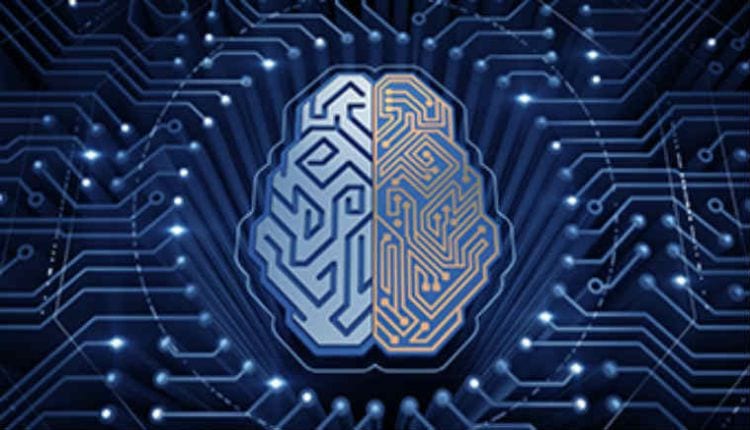Intel has developed a unique chip that can recognise hazardous chemicals in the presence of significant noise and object occlusion. Called Loihi, the Intel’s neuromorphic research chip learnt each odour with just a single sample, without disrupting its memory of previously learned scents, the company announced.
The chip demonstrated superior recognition accuracy compared with conventional state-of-the-art methods, including a deep-learning solution that required 3,000 times more training samples per class to reach the same level of classification accuracy.
“We are developing neural algorithms on Loihi that mimic what happens in your brain when you smell something,” said -Nabil Imam, senior research scientist in Intel’s Neuromorphic Computing Lab.
“This work is a prime example of contemporary research at the crossroads of neuroscience and Artificial Intelligence and demonstrates Loihi’s potential to provide important sensing capabilities that could benefit various industries,” he added.
Using a neural algorithm derived from the architecture and dynamics of the brain’s olfactory circuits, researchers from Intel and Cornell University trained Loihi chip to learn and recognise the scents of 10 hazardous chemicals.
To do so, the team used a dataset consisting of the activity of 72 chemical sensors in response to these smells and configured the circuit diagram of biological olfaction on Loihi.
The chip quickly learned the neural representation of each of the smells and recognized each odour, even when significantly occluded, demonstrating a promising future for the intersection of neuroscience and artificial intelligence, according to a joint paper published in Nature Machine Intelligence.
Imam sees the potential of robots equipped with neuromorphic chips for environmental monitoring and hazardous materials detection, or for quality control chores in factories.
They could be used for medical diagnoses where some diseases emit particular odours.
Another example has neuromorphic-equipped robots better identifying hazardous substances in airport security lines.
“My next step is to generalise this approach to a wider range of problems – from sensory scene analysis (understanding the relationships between objects you observe) to abstract problems like planning and decision-making,” said Imam.



